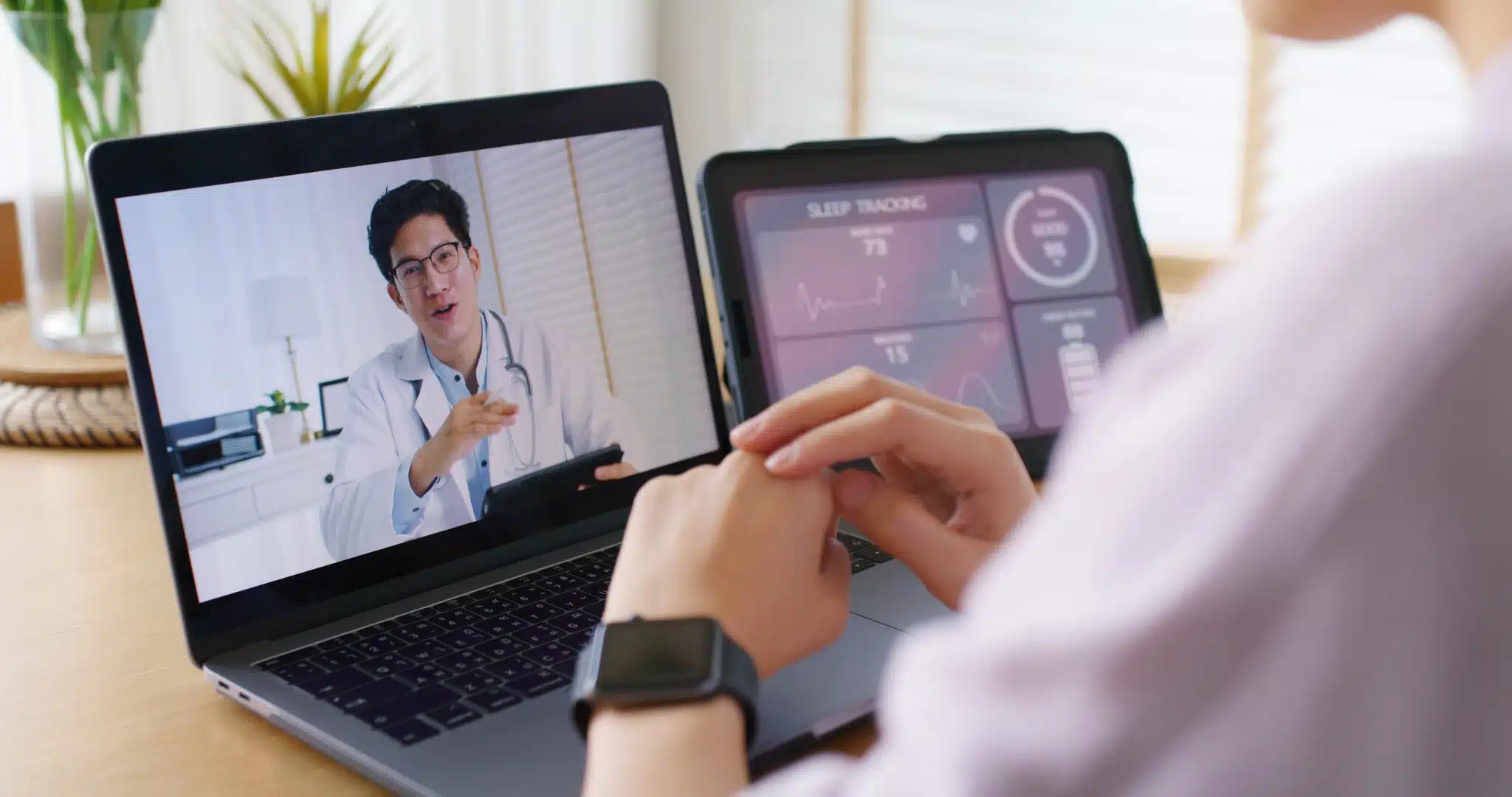Telehealth has expanded how patients access care. It offers flexibility, saves time, and removes the need to travel for routine appointments. But without the right language support, telehealth can create new challenges for patients who speak a language other than English.
To make virtual care work for everyone, healthcare organizations need to think about how language services fit into their telehealth platforms and workflows.
Language Access Is Part of Patient Comfort
Telehealth can feel unfamiliar. Patients may be logging in from home for the first time, managing a poor connection, or unsure how to ask the questions they really need to ask. When language adds another layer of uncertainty, comfort and understanding drop fast.
Offering interpretation during a virtual visit helps patients focus on what matters. It supports trust and allows both patient and provider to stay focused on care—not on figuring out how to communicate.
Speed and Connection Matter
Telehealth often works best when patients and providers can connect quickly. Long wait times or clunky hand-offs can make visits feel rushed or incomplete. Language support should move at the same pace.
That means having interpreters available on demand for scheduled and unscheduled appointments. For many providers, this involves partnering with a language services team that can support live video or phone interpretation directly through the telehealth platform.
When language support is built into the process, patients get the same quality of care without delays or extra steps.
Different Specialties Have Different Needs
A behavioral health appointment may require more context, patience, and emotional nuance than a follow-up with a specialist. Language support should reflect those differences.
Interpreters trained in medical settings can adapt to the situation. They understand the tone, pacing, and terminology that fits each type of visit. This improves the patient experience while helping clinicians stay focused on clinical care.
Care Teams Need a Simple Process
If language access feels complicated, it’s less likely to be used. Telehealth platforms should make it easy for providers to request interpretation, invite interpreters into virtual rooms, and note language preferences ahead of time.
When the process works smoothly, care teams can stay focused on their patient instead of juggling multiple systems or calling for help mid-visit.
Multilingual Communication Improves Follow-Through
Understanding what happens during a telehealth visit is only part of the experience. Patients also need to know what happens after the call. That might mean reviewing follow-up instructions, checking prescriptions, or preparing for another appointment.
Translated after-visit summaries and care instructions help keep communication going after the screen turns off. They reduce the chance of misunderstandings and help patients feel confident about next steps.
Language Access Helps Telehealth Reach Its Full Potential
Telehealth makes care easier to access, but only when patients understand and trust what’s being said. Language services help remove one of the biggest barriers to that experience.
Propio supports healthcare organizations with video and phone interpretation, multilingual workflows, and post-visit translation that fits the way telehealth actually works. If you’re looking to improve how patients engage with virtual care, we’re here to help.








